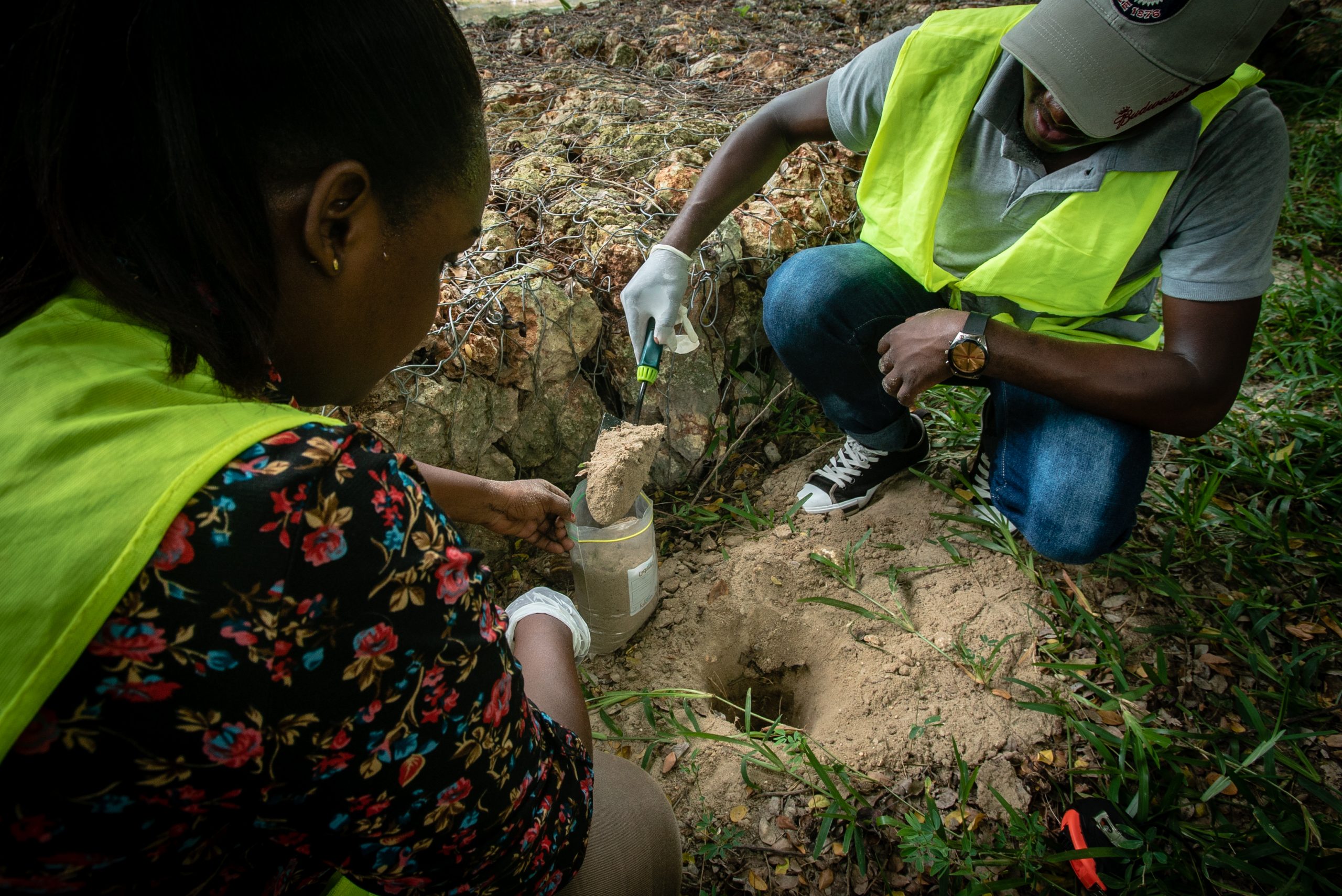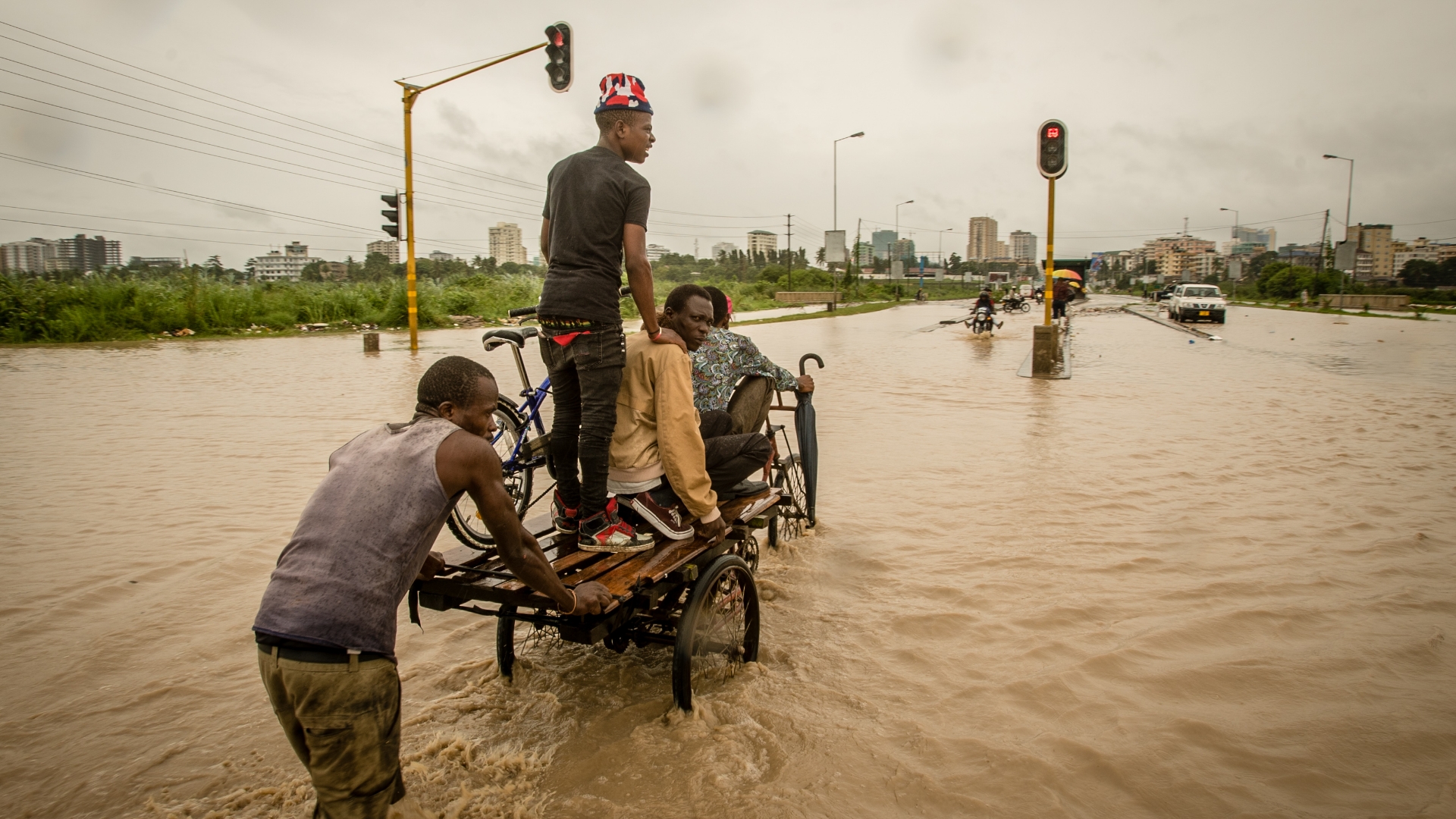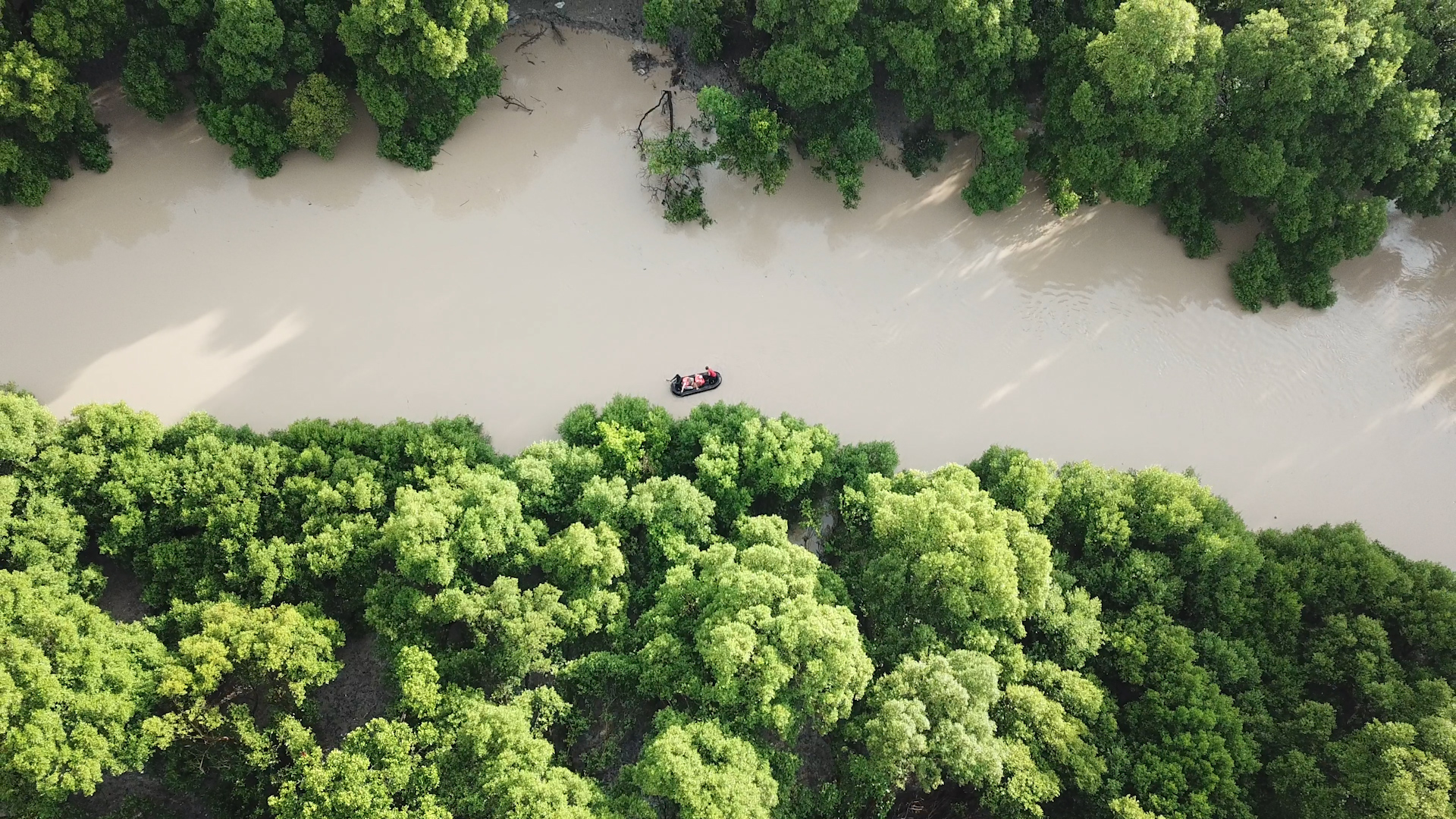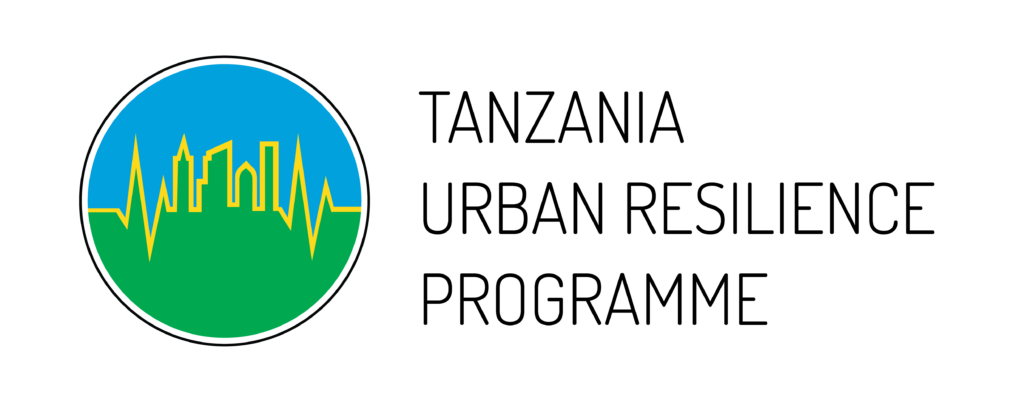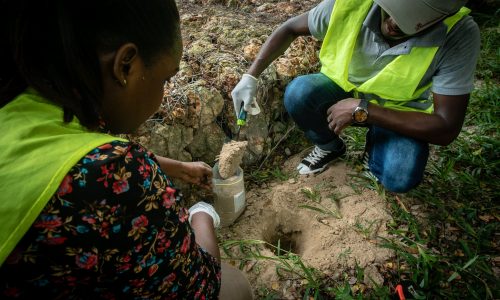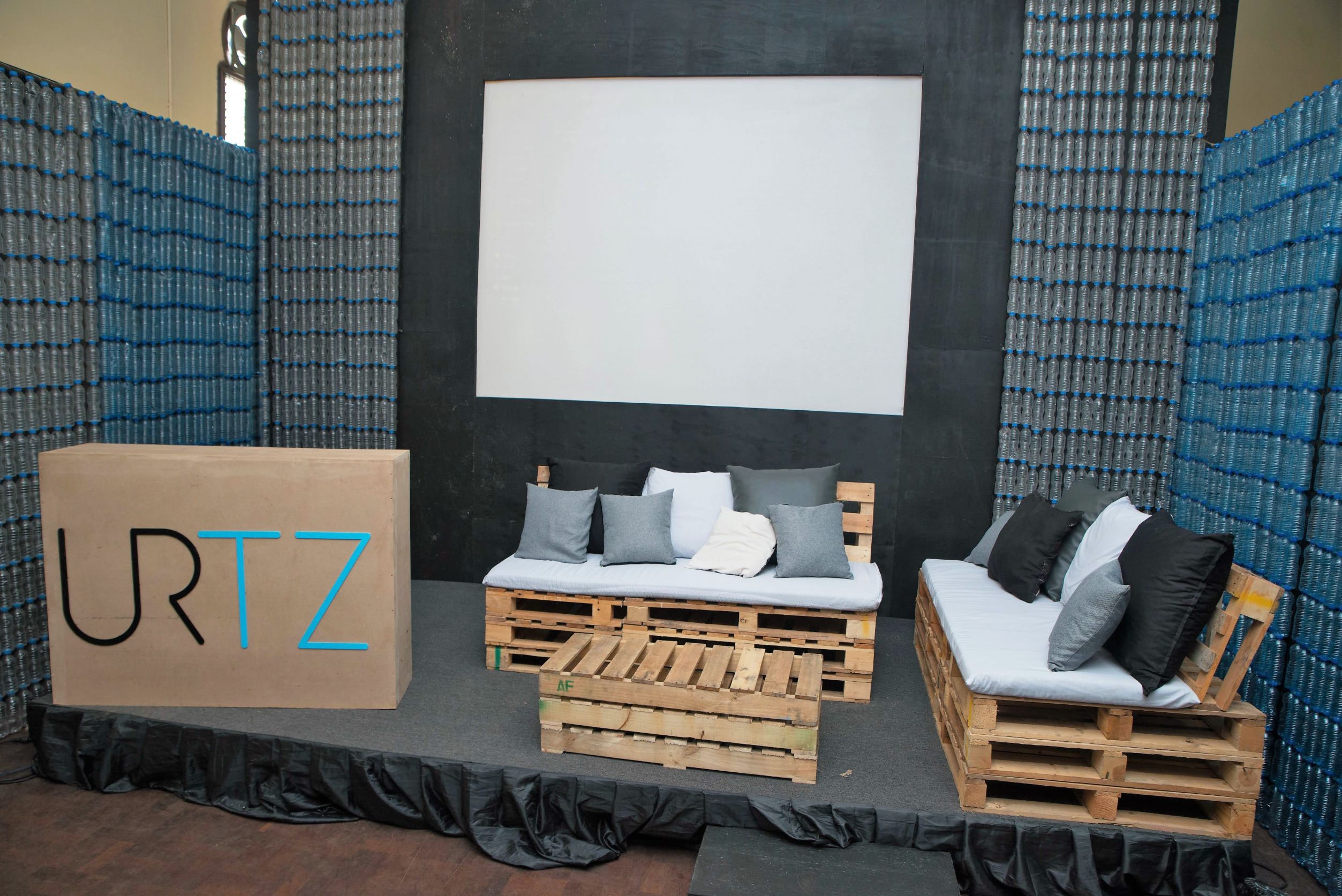
In 2018, the world’s cities generated more than two billion tons of solid waste.
For developed cities with effective waste management systems in place, this is an easy statistic to ignore. Once the trash is binned, it is quickly forgotten – and users can rest assured that it will make its way to an appropriate disposal site.
Emerging hubs like Dar es Salaam, however, do not share this privilege – and the reality of waste production is increasingly apparent. Approximately 4,500 tons of waste is produced every day in Dar es Salaam – but only about one-quarter make it to the dump site.
The rest is buried, burned, or dumped in open spaces and waterways. When waste makes its way into those waterways, it directly increases the city’s risk of flooding. Although the presence of waste in waterways is impossible to ignore, there continues to be a lack of awareness of the connection between solid waste and flooding in the city – allowing the issue to proliferate.
This is something that TURP has aimed to address through a series of creative engagements.
As part of URTZ, Tanzanian creatives were invited to make art out of the top polluting materials identified in the 2018 waste audit. Emerging artists such as Nickson Jeremiah were inspired to put the obstructed waterways of the country on display, demanding the attention of the community, producers, and decision-makers attending the conference.
Pieces submitted for the exhibition varied in form and in messaging. Some were abstract, others direct. Many carried elements of shock, including several works that featured medical waste, found polluting urban beaches. Two immense pieces starkly alluded to the disproportional impact of flooding on urban poor people, children, and women.
As agents of change and cultural shift, artists like Jeremiah are vital to the betterment of society. Art invites its audience to confront reality, question the status quo, and envision alternative futures. Recognizing this potential, the exhibition has been mobile for an extended reach. Images of the pieces have co-opted advertising spaces on Dar es Salaam’s Bus Rapid Transit (BRT) System, accompanied by behavioral change messages that urge the campaign’s audience of over 60,000 per day to rethink their consumption habits.
This messaging is also being transferred to youth through interactive workshops and challenges for secondary and post-secondary students. After participating in a URTZ workshop on production lifecycles and flooding, 20 secondary students have returned to their schools where they continue to lead their own creative educational initiatives, collectively informing more than 1,200 students about the connection between solid waste and flooding, and advocating for a “circular” or “zero waste” economy through art.
Post-secondary students involved in the Data Visualization Challenge hosted by the Resilience Academy, an initiative aiming to mainstream education on resilient urban planning at URTZ, have further transformed raw data into informative designs that can guide the work of those within the field of Disaster Risk Reduction.
The winning team, student founders of Taka Cycle, took advantage of the forum as a platform to present their digital app that compiles community data points to improve waste management across Dar es Salaam.
More Highlights
More Articles

